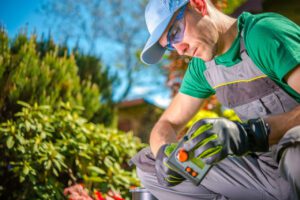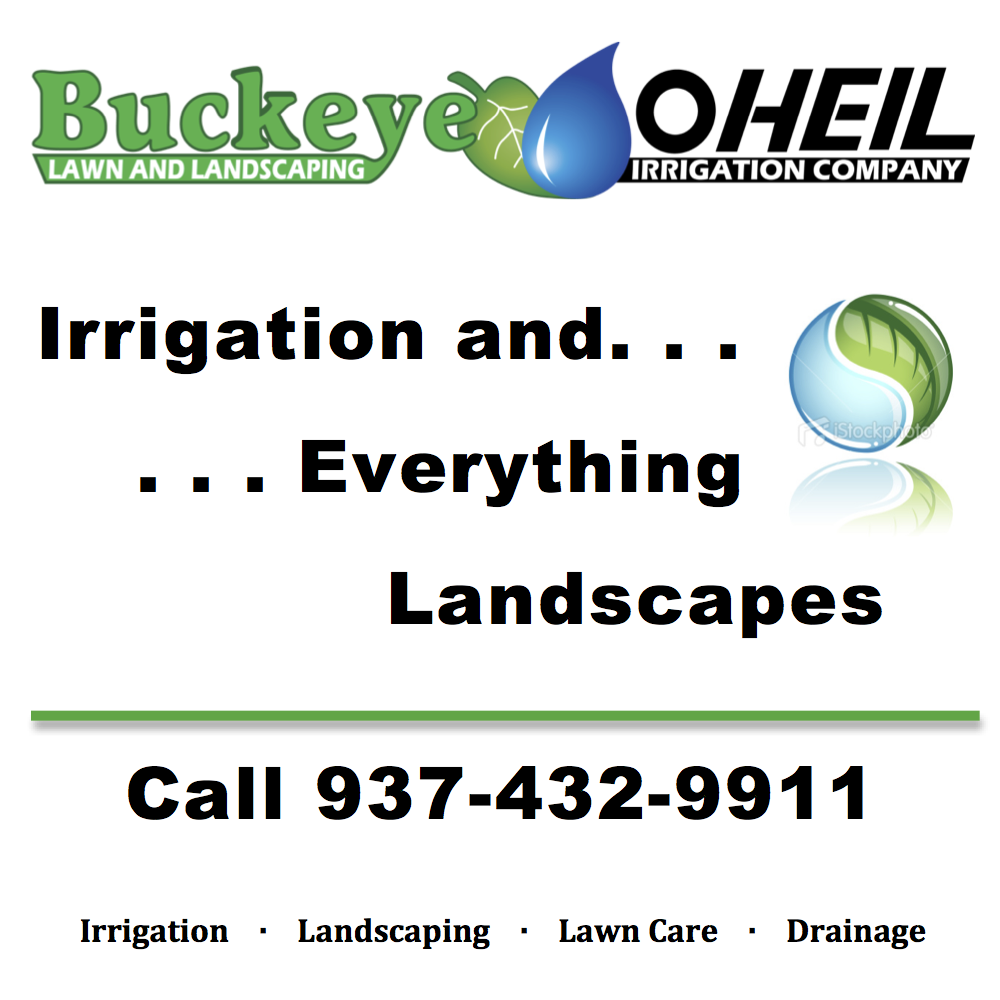
by Tom Barrett | Feb 9, 2022
The Latest Features from Hunter,
Rain Bird and Rachio
Has your business noticed an increased demand for smart irrigation controllers?
That’s because today’s young homeowners are more tech savvy than any previous generation. Having grown up around technology. they enjoy integrating various gadgets into their homes. For them, smart irrigation is a no-brainer.
As with most technology, updates to smart controllers are ongoing. Let’s take a look at some of the newest features for three brands.
Hydrawise, Hunter’s irrigation management platform, has been around since 2011, but is continually being updated with new capabilities.
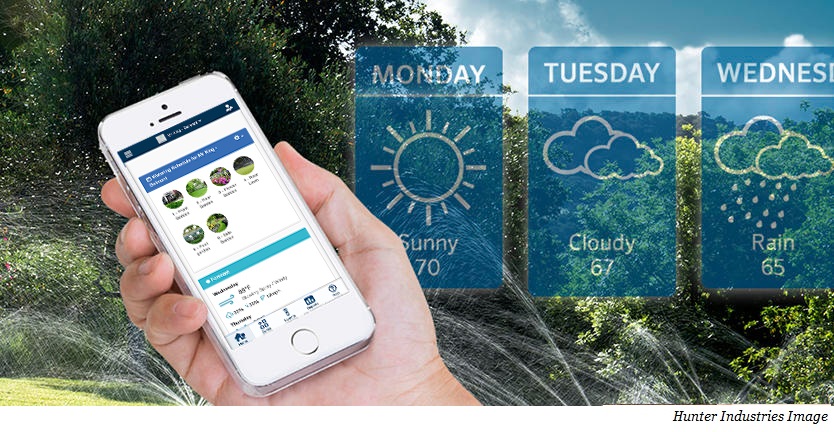 The Hydrawise cloud-based software is compatible with a range of Hunter controllers, and can also be used to retrofit an existing controller.
The Hydrawise cloud-based software is compatible with a range of Hunter controllers, and can also be used to retrofit an existing controller.
Hydrawise technology includes a Predictive Watering™ feature that automatically adjusts watering schedules based on a variety of environmental factors, such as past, current and forecasted temperature, rainfall, humidity, and wind speed. The controller gathers this information via the Weather Underground’s live stream of forecasts and current weather data.
Hydrawise controllers offer the option of adding multiple weather stations, as well as accessing national weather stations (such as those located at airports).
No Wi-Fi?
Wi-Fi capability is built into the Hydrawise controller. But for homeowners who do not yet have Wi-Fi, these controllers include a touch screen that enables easy programming without Wi-Fi connectivity.
And it offers manual seasonal adjustment settings from 0% to 300% when programming offline.
Hydrawise software is available via web login, and as a downloadable app from the Apple® App Store or Google Play™ Store. And it can be voice activated through Amazon Alexa, HomeSeer, or Control4devices home automation technologies.
Optional add-on flow meters are easy to install. Every Hydrawise controller has built-in meter sensors to generate interactive reports of water usage and watering activities, as well as automatic alerts in the event of broken pipes or faulty valve wires.
An 8-zone Hydrawise HPC smart controller retails for about $330.
The ST8-2.0 is Rain Bird’s 8-zone smart controller with an improved Wi-Fi connection and app connection speed. (Note: Wi-Fi is not built in; an add-on module is required.)
 Rain Bird’s downloadable app is available from the Apple® App Store or Google Play™ Store.
Rain Bird’s downloadable app is available from the Apple® App Store or Google Play™ Store.
The Rain Bird app is fully customizable, so every zone can be set up with a different name, photo, frequency, start time and run time.
The controller’s automatic seasonal adjust feature takes into account season, local weather, temperature and humidity. Forecasts are based on zip code averages and on-site weather stations.
Water Savings
Architecture Lab rates the Rain Bird ST8-20 as one of the best for its water-saving features.
Extensive testing and EPA certification ensure a minimum of 20% water savings over other conventional devices available on the market.
The ST8-2.0 also has a Rain Delay feature, which allows homeowners to manually stop scheduled irrigation for up to 14 days. Afterward, irrigation will begin again according to the automatic schedule. It also can enable manual watering for a single zone or all zones.
The Rain Bird app also enables notifications to be sent regarding watering events, freeze warnings or whenever watering has been delayed. And it can provide water usage reports to maximize efficiency.
The ST8-2.0 uses manual controls with an LED display as well as voice control via Amazon Alexa and Google Assistant. It’s available in both indoor and outdoor models for around $160.
Rachio is a relative newcomer to the irrigation industry, having been founded in 2013. As a result, the company produces only smart irrigation controllers; conventional controllers are not available.
 The Rachio 3 8ZULW-C is an 8-zone smart controller that can be Installed in 30 minutes or less without the use of special tools. As with Hydrawise and Rain Bird, the Rachio downloadable app is available from the Apple® App Store or Google Play™ Store.
The Rachio 3 8ZULW-C is an 8-zone smart controller that can be Installed in 30 minutes or less without the use of special tools. As with Hydrawise and Rain Bird, the Rachio downloadable app is available from the Apple® App Store or Google Play™ Store.
The 8ZULW-C uses a system called Weather Intelligence Plus to provide “hyperlocal” weather scheduling, by combining Weather Underground data (from national weather stations, satellites and radar) with data from 270,000 personal weather stations, so forecasting is accurate to the location of the controller. The Weather Intelligence Plus system includes a self-healing feature that will automatically switch to the closest reporting station if the selected weather station stops reporting data for three or more days. Rachio will then send a notification of the change via email.
Easy Installation
With the Rachio 3 series, setup is a snap. Pop off the magnetic cover to expose the wire clip terminals. Then, using your fingertip, easily slide the wire leads into the connectors – no tools required.
Once the leads are connected, plug in the controller, pop the lid back on, and continue setup via the Rachio app.
This Rachio controller has an operating temperature range of -31 to 140 degrees Fahrenheit, and includes both rain and soil sensors. In addition, it offers multiple “skip” features that allow users to automatically skip unnecessary watering due to rain, wind or freeze. Water usage and savings reports provide both real-time and historical data.
The 8ZULW-C controller works with most major smart-home platforms, such as Amazon Alexa, Apple HomeKit, and Google Assistant. The Rachio 3 8ZULW-C retails for about $250.00. (A weatherproof enclosure is sold separately for $29.) Optional flow meters are available as an add-on.
Sources:
Featured Image: Adobe, License Granted
Hunter Industries
Rain Bird
Rachio

by Tom Barrett | Jan 12, 2022
Prevention Devices
Have Got Your Back
The U.S. plumbing code is designed to ensure that the water delivered to an irrigation system never returns to the potable water supply. But without a backflow prevention device, problems can occur, such as the following chilling tale:
A Backflow Horror Story
In December of 2016, the city of Corpus Christi, Texas, received a dirty water complaint from a large asphalt producer. Despite flushing the property’s water main twice, residents reported a “white sudsy liquid” flowing from their taps.
Because the asphalt company had failed to install a backflow preventer on its water line, the corrosive chemical Indulin AA-86 was entering the line whenever water pressure on the property rose higher than the pressure in the main. This caustic emulsifying agent can burn eyes, skin and respiratory tracts. And 24 gallons of it had leaked into the water supply. Indulin AA-86 cannot be boiled out of tap water, so the city had to place a four-day ban on water usage until the emergency passed.
![]()

Degree of Hazard
“Degree of hazard” is a core concept in backflow terminology. It refers to the level of risk posed by a particular substance when it enters a water supply. An example of a low hazard would be food dye, which may be aesthetically unpleasant, but poses no threat to human health. Low hazard materials are also called “pollutants.”
Examples of high-hazard materials are motor oil, pesticides, fertilizers, and animal waste. These all pose a risk to human health, and are classified as “contaminants.”
Backflow incidents occur more often than you might think. That’s why an increasing number of municipalities are mandating the installation of backflow prevention devices – for residential as well as commercial properties.
Two Types of Backflow
There are two types of backflow incidents: backpressure and back-siphonage. Backpressure occurs whenever water pressure on a property becomes higher than the water pressure in the mains, forcing used water back into the system. Back-siphonage occurs whenever water pressure in the mains drops below that of the property, sucking non-potable water from the property’s water line and depositing it back into the mains.
Some backflow devices will prevent only one type of backflow, while others will prevent both.
A backflow incident involves three factors:
- A cross-connection between two water lines
- Hydraulic forces (either back-siphonage or backpressure
- A hazard, resulting in non-potable water.
Backflow Prevention Devices
While the public will be protected from any type of backflow device on a homeowner’s property, the homeowner himself will be protected by having a separate device for the irrigation system. Without it, the property owner could end up drinking toxins or water contaminated by bacteria.
The three most common backflow preventers are:
- Pressure Vacuum Breaker (PVB) — the simplest and least expensive device; prevents back-siphonage only.
- Double Check Valve Assembly (DCVA) – prevents both back-siphonage and backpressure; good for underground irrigation systems; not rated for conditions with a high degree of hazard.
- Reduced pressure zone (RPZ) – most complex and expensive device; prevents both back-siphonage and backpressure; good for conditions with a high degree of hazard.
All of these devices work to protect the entire irrigation system. A fourth type of backflow device, the atmospheric vacuum breaker (AVB), is installed on each individual zone.
Become a Backflow Tester
The Ohio Plumbing Code requires that every backflow prevention device must be tested at least once a year. If you’re already installing these devices for your customers, why not go the extra mile and become a certified backflow tester? Backflow testing is a lucrative business, especially now with increased demand for greywater and rainwater collection systems.
![]()

Backflow Training Centers
Here are the locations of Ohio’s major backflow training centers:
Here’s the process for becoming a certified backflow tester in the state of Ohio:
- Complete the Application for Backflow Tester Certification, provided by the Ohio Department of Commerce.
- Locate a state-authorized backflow training facility. (See box at right.) You must complete about 35 to 40 hours of training and pass the practical exam before you can move on to the next step.
- Pass the written exam, administered by the state of Ohio.
- Once you pass the written exam, you will receive by mail a three-year certificate, and your name will be entered into the Ohio backflow testing database. After three years, you must be recertified.
Here’s how Sean Mullarkey, of TriState Water Works, explains the certification process:
Sources:
Featured Image: Adobe, License Granted
Irrigation & Green Industry
American Backflow Prevention Association
IrrigationRepair.com

by Tom Barrett | Nov 10, 2021
Do You Have Ready Answers to These
Frequently Asked Questions?
Both customers and potential customers have a lot of questions when it comes to landscape irrigation systems. Here are some of the most common, along with our best answers.
Q: Why do I need an irrigation system? My area gets plenty of rain.
A: In Ohio, turf grass needs about an inch of water per week. So unless your property receives at least that much rain regularly each week, you probably need to irrigate. But nature doesn’t work that way. Even areas with rainy climates can experience dry periods. Your landscape can suffer damage after only a few days without water. You simply can’t count on annual rainfall to adequately meet your landscape’s needs.

Does Your Website
Need an FAQ Page?
Most digital marketing experts believe that an FAQ page can improve your website’s Search Engine Optimization (SEO) and also help convert first-time visitors into customers.
Here are three reasons why you may wish to consider adding an FAQ page to your site:
- It improves user experience. Users looking for a quick answer to an easy question do not want to comb through pages of information. An FAQ page offers them a central place to find their answers. Be sure to keep answers concise and include links to more detailed information elsewhere on your website.
- It helps establish customer trust. An FAQ page demonstrates to customers (and potential customers) that you are invested in helping them find solutions. It also helps to distinguish you as an authority within your industry, contributing to customer confidence.
- It provides customer insight. By identifying common questions your customer may have, you’ll develop a deeper insight into their needs, desires and challenges.
Source: Trajectory WebDesign
But an irrigation system also prevents you from overwatering your landscape. Too much water can be harmful to your soil, drowning your plants, encouraging root rot and other diseases, and causing weeds to germinate. An irrigation system puts you in control of the amount of water used on your landscape.
In addition, irrigation systems support hydrozoning, the grouping of plants with similar water needs into irrigation zones. These zones not only encourage a healthy landscape, but they can save both water and money.
Q: Will I save money by installing my own irrigation system?
A: Perhaps, but only in the short term. A professional irrigation contractor has years of experience designing and installing the most cost-effective and efficient landscape irrigation systems. Most have received specialized training and certifications, and they utilize specialized equipment to significantly reduce installation time.
Most homeowners are not knowledgeable about the numerous factors that must be taken into account when designing and installing an irrigation system. Soil conditions, land grade, plant location and sun exposure all must be considered for proper installation. Are you proficient in PVC piping, valves, controllers, drip lines, sprinkler heads, and all the other system components? Probably not.
A properly designed and installed landscape irrigation system requires a professional in order to save money (and headaches) down the road.
Q: Why do I need to shut down my irrigation system for winter?
A: When water freezes, it expands. Irrigation system pipes are not buried beneath the frost line. If all of the water is not removed from your system’s pipes, valves, and sprinkler heads before the first deep freeze, your pipes will crack, resulting in costly repairs.
Winterizing your system is a job best left to the professionals. Attempting to blow out your own sprinkler lines using an inadequate air compressor can result in water left in pipes. When this happens, you can expect freeze damage that must be repaired before spring startup.
Q: What’s the advantage of a smart irrigation system?
A: A smart irrigation system will you save you both time and money. Smart systems optimize your sprinkler run time. That means they always water at the right time of day for the right duration and according to weather conditions. They keep you from overwatering, which not only wastes water and money, but can damage plants.
With a smart system, you won’t have to make manual adjustments to your irrigation system due to unpredictable weather. A smart irrigation system can also shut itself down whenever a leak is detected.
–Article Continues Below–

Q: Will I have to shut off my irrigation system when it rains?
A: Most irrigation contractors will recommend installation of a rain sensor. This device will automatically turn the irrigation system off whenever rainfall occurs. Once the rain ends, the sensor dries out and is reset. So, even if you’re away from home, your system knows what to do.
Q: How does a drip irrigation system compare to an above-ground sprinkler?
A: As opposed to sprinkler heads which spray a planted area above ground, drip systems soak the ground via tubes that are buried just below the surface. The emitters within the tubes slowly deliver water directly to the base of the plants.
Drip irrigation is ideal for landscape beds with plenty of plants and shrubs, as it can help reduce the risk of plant disease associated with high levels of moisture. Drip lines can be incorporated as a separate zone within a larger overall sprinkler system.
Sources:
Featured Image: Pixabay
Lawn and Landscape
Landscape Management
Irrigation Tutorials

by Tom Barrett | Oct 18, 2021
Join Us November 16 at the
Ohio Statehouse for Advocacy Day!
Ohio Green Industry Advocacy Day is hosted by the Ohio Nursery and Landscape Association (ONLA) and the Ohio Irrigation Association.
Don’t miss this unique opportunity to network with green industry colleagues, meet with your state legislators, and make your voice heard on issues critical to irrigation professionals.
 This year, our participation in this grassroots effort is more important than ever before. The COVID-19 pandemic has stretched the state’s resources to the point where some agencies will have to resort to raising their fees. Since 2021 is a budget year, we can influence these discussions.
This year, our participation in this grassroots effort is more important than ever before. The COVID-19 pandemic has stretched the state’s resources to the point where some agencies will have to resort to raising their fees. Since 2021 is a budget year, we can influence these discussions.
House and Senate term limits mean there will be many new faces in the state legislature, as well as in committees and chairs. Let’s make ourselves known to them!
Free to Ohio IA Members
Ohio Green Industry Advocacy Day is FREE to Ohio IA members who register by October 25 ($89 for non-members).
As one of the events sponsors, we’re counting on you. Legislative and regulatory advocacy is one of the key benefits of Ohio IA membership which is strengthened by your active participation.
Advocacy Day provides a unique opportunity to build relationships with both green industry business partners, and members of the Ohio legislature and their staff. After all, who can tell our story better than you?

REGISTRATION
Free to Ohio IA members; $89 for non-members
(includes lunch)


What to Expect
The morning session will feature key legislative speakers, after which attendees will be briefed on discussion issues for the legislative meetings scheduled in the afternoon.
The afternoon meetings with elected officials provide an opportunity to discuss key irrigation issues (like water quality, water quantity, and environmental reforms) and state policymakers. Our legislators must hear from us in order to make informed decisions about issues critical to our industry.
Here’s a tentative schedule for the day:

Sources:
Featured Image: Pixabay
Ohio Nursery and Landscape Association

by Tom Barrett | Sep 8, 2021
Free Irrigation Lesson Plans
Available for Educators
September means school is now in session across the state. It also means many elementary and secondary schools will be hosting back-to-school nights within the next few weeks.
You can help promote the irrigation industry to the next generation by taking advantage of parent-teacher meetings to recommend an irrigation curriculum. The following downloadable resources are free, easy to use, and provide an engaging way to teach students about the importance of water efficiency.
Grades 3-5
How Does Your Garden Grow?
In 2017, the Irrigation Association launched its elementary school lesson plan, “How Does Your Garden Grow?” Since then, the curriculum has been used by thousands of schools across the country. Activities within the lesson plan take students on a journey through the history and benefits of both landscape and agricultural irrigation.

Irrigation Association Teaching Kit. (Hover over image to enlarge text. Click to download.)
During the initial rollout, Irrigation Association CEO Deborah Hamlin explained the importance of the program. “Elementary school students need to understand that there is this great thing called ‘irrigation,’ and it puts food on our tables and keeps our communities green and healthy,” she said.

About YMI
Since 1978, Young Minds Inspired has been the leading provider of free educational resources for all ages.
YMI has created more than 2,000 programs for a variety of learning centers, including schools, summer camps, public libraries, community centers and religious institutions. YMI’s programs are developed by curriculum experts and reviewed by a blue-ribbon panel of active teacher-advisors.
The materials are distributed free of charge to the more than two million teacher members of the YMI Educator Network.
Source: Young Minds Inspired
The IA curriculum was developed through a collaboration with Young Minds Inspired. (See sidebar.) YMI was responsible for translating IA’s irrigation facts into rewarding educational activities. The lesson plan includes a complete teaching kit as well as activity worksheets for three separate subject areas:
- How Does Your Landscape Grow?
- Water on the Move
- Helping the Harvest
For more information about the IA’s elementary school curriculum, as well as some additional resources, click here.
Grades 3-6
Explorations Into Water
Our friends at Rain Bird offer a 34-page irrigation curriculum, titled “Explorations Into Water.” For this program, Rain Bird partnered with Dr. Stefanie Saccoman from California State Polytechnic University to create a lesson plan that motivates students to consider the part each of them plays when using and conserving water.
The curriculum explores water efficiency issues and challenges, and helps students to understand how scientists and engineers perform field research and experimentation. The program connects abstract ideas and scientific concepts through classroom demonstrations and hands-on outdoor activities.

Rain Bird’s Teaching Curriculum. (Click image to download.)
Parents, as well as teachers, can use the Rain Bird program to create projects that illustrate scientific principles to school-age children in an easily understandable and meaningful way.
Subject areas include:
- Investigations in Water Properties
- Investigations in Agriculture, Filtration and Power Generation
- Investigations in Sanitation – The Potable Water Supply
- Investigations in Irrigation
- Amazing Water Facts
For more information about Rain Bird’s teaching curriculum, click here.
Grades 6-12
Way to Flow – Water Irrigation
EGFI is a Washington DC-based organization committed to improving K-12 science, technology, engineering and math (STEM) education. In conjunction with TryEngineering, EGFI has adopted a curriculum for older students called “Way to Flow — Water Irrigation.”
 This program explores the ways civil engineering has addressed the need to move water from one place to another. Teachers facilitate two or three 45-minute sessions, during which students work in teams to design and build a rudimentary irrigation system. The system must be capable of moving two cups of water over a distance of three feet, and distributing it evenly into two separate containers.
This program explores the ways civil engineering has addressed the need to move water from one place to another. Teachers facilitate two or three 45-minute sessions, during which students work in teams to design and build a rudimentary irrigation system. The system must be capable of moving two cups of water over a distance of three feet, and distributing it evenly into two separate containers.
The curriculum also offers several optional ideas for older or more advanced students, such as:

Workforce Development
Is recruiting and retaining qualified employees a challenge for your irrigation business?
The Irrigation Association’s workforce development team offers a variety of resources, including an Irrigation Career Link, where employers can post job openings.
For more information, click here.
- Creating a more challenging project that splits the water into three destination containers, or adjusts the ratio of water differently between the two containers (e.g., 75% and 25%).
- Creating the most complicated irrigation system they can imagine – such as a chain-reaction machine, which performs a simple task in a complex way.
- Setting a budget for the irrigation system, with an assigned cost for each material that the students must purchase from the teacher.
To download the pdf of EGFI’s irrigation curriculum, click here.
Planning for Our Future
Irrigation principles can easily be incorporated into any educational curriculum that focuses on environmental responsibility. And by encouraging educators to include these lesson plans, irrigation professionals can help foster a generation of young adults who are not only committed to water efficiency, but who also may consider pursuing careers within the industry.
At the very least, today’s students could become tomorrow’s irrigation customers.
Sources:
Featured Image: Adobe, License Granted
Irrigation Association
Lawn & Landscape
Rain Bird
EGFI
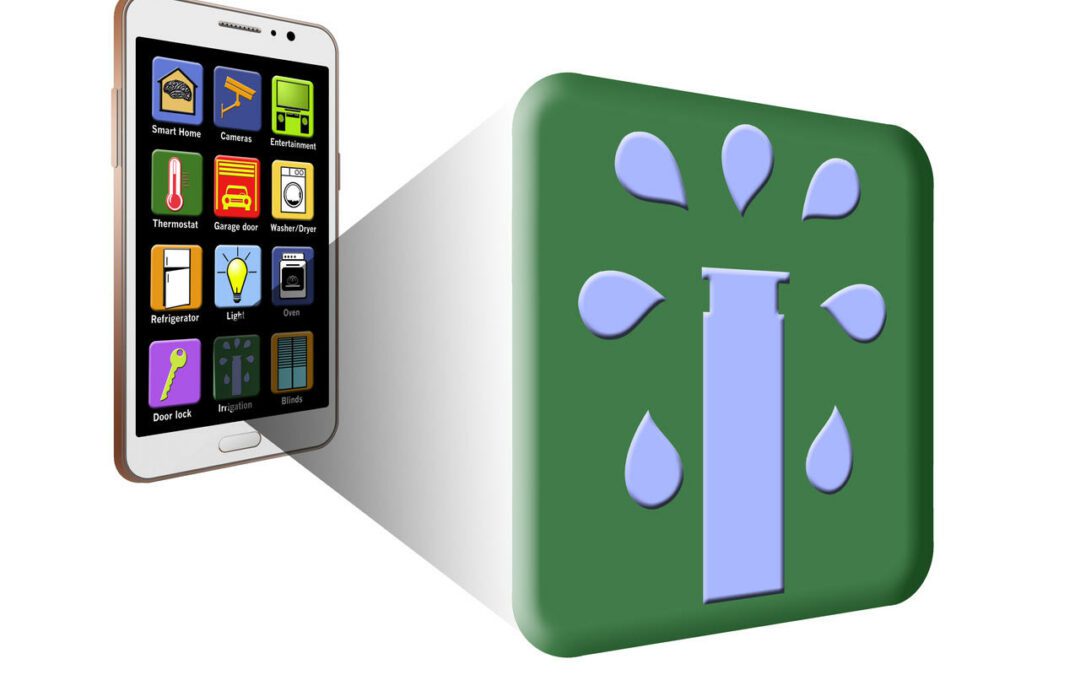
 The Hydrawise cloud-based software is compatible with a range of Hunter controllers, and can also be used to retrofit an existing controller.
The Hydrawise cloud-based software is compatible with a range of Hunter controllers, and can also be used to retrofit an existing controller.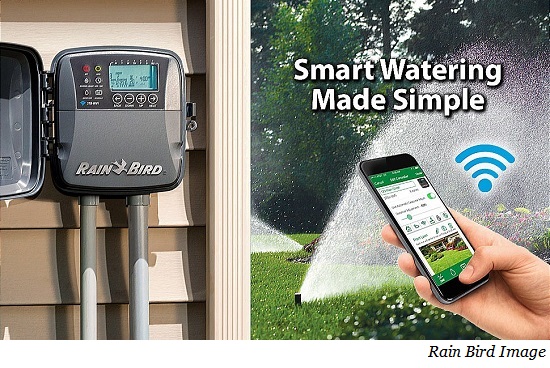 Rain Bird’s downloadable app is available from the Apple® App Store or Google Play™ Store.
Rain Bird’s downloadable app is available from the Apple® App Store or Google Play™ Store. 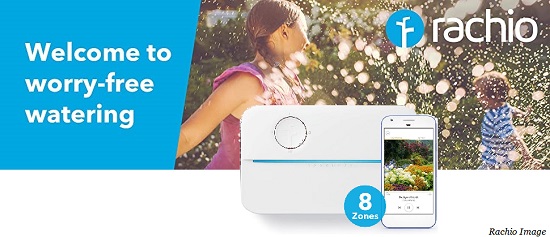 The Rachio 3 8ZULW-C is an 8-zone smart controller that can be Installed in 30 minutes or less without the use of special tools. As with Hydrawise and Rain Bird, the Rachio downloadable app is available from the Apple® App Store or Google Play™ Store.
The Rachio 3 8ZULW-C is an 8-zone smart controller that can be Installed in 30 minutes or less without the use of special tools. As with Hydrawise and Rain Bird, the Rachio downloadable app is available from the Apple® App Store or Google Play™ Store.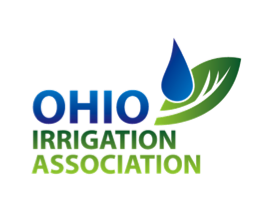





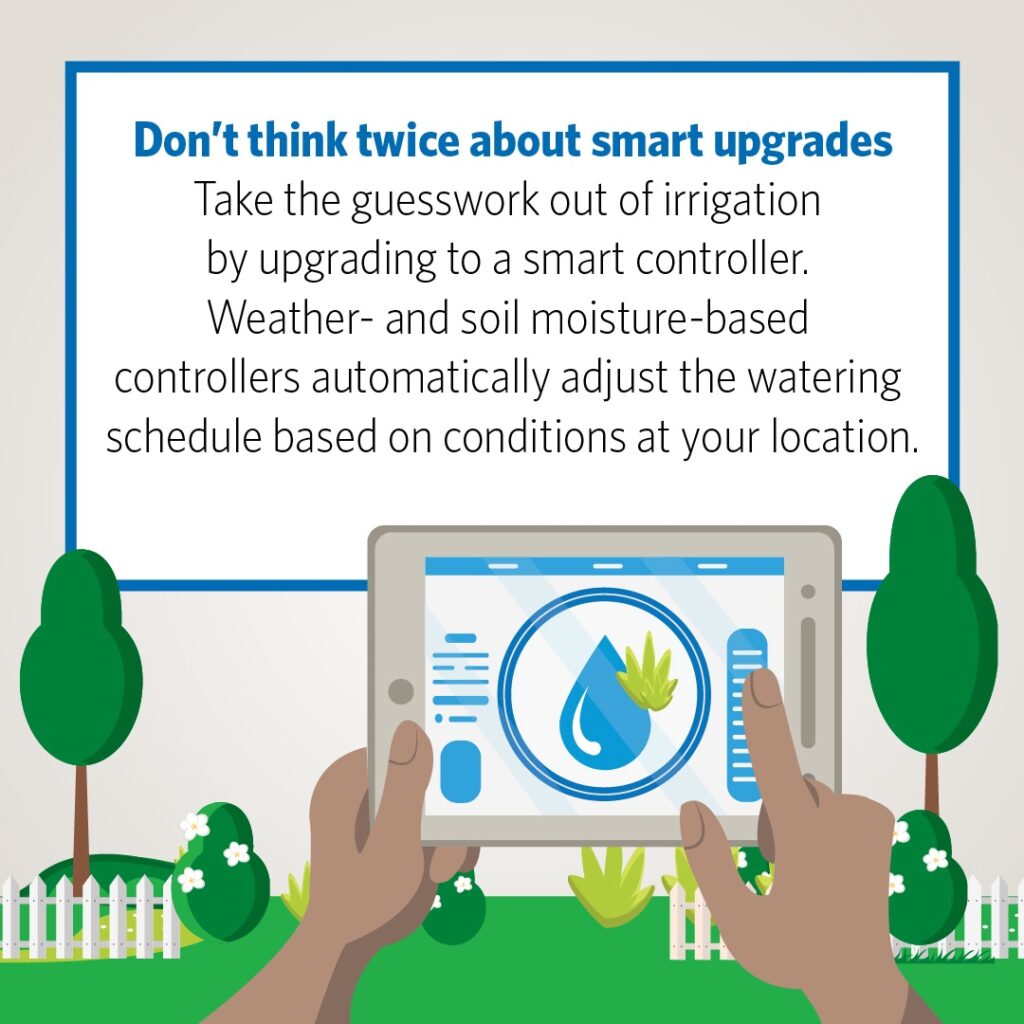

 This year, our participation in this grassroots effort is more important than ever before. The COVID-19 pandemic has stretched the state’s resources to the point where some agencies will have to resort to raising their fees. Since 2021 is a budget year, we can influence these discussions.
This year, our participation in this grassroots effort is more important than ever before. The COVID-19 pandemic has stretched the state’s resources to the point where some agencies will have to resort to raising their fees. Since 2021 is a budget year, we can influence these discussions. 
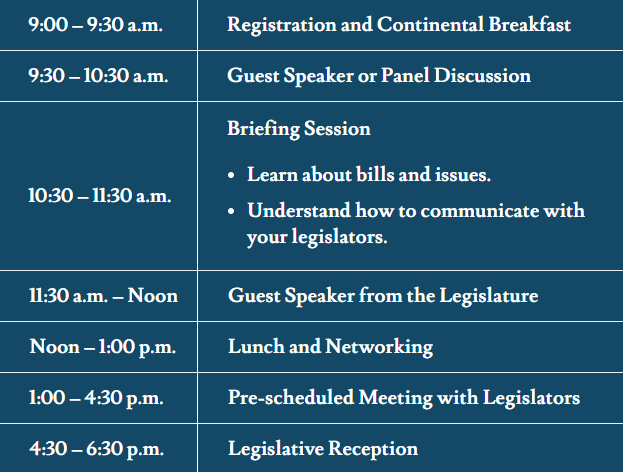


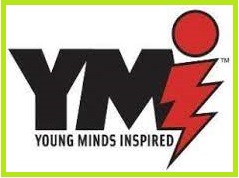
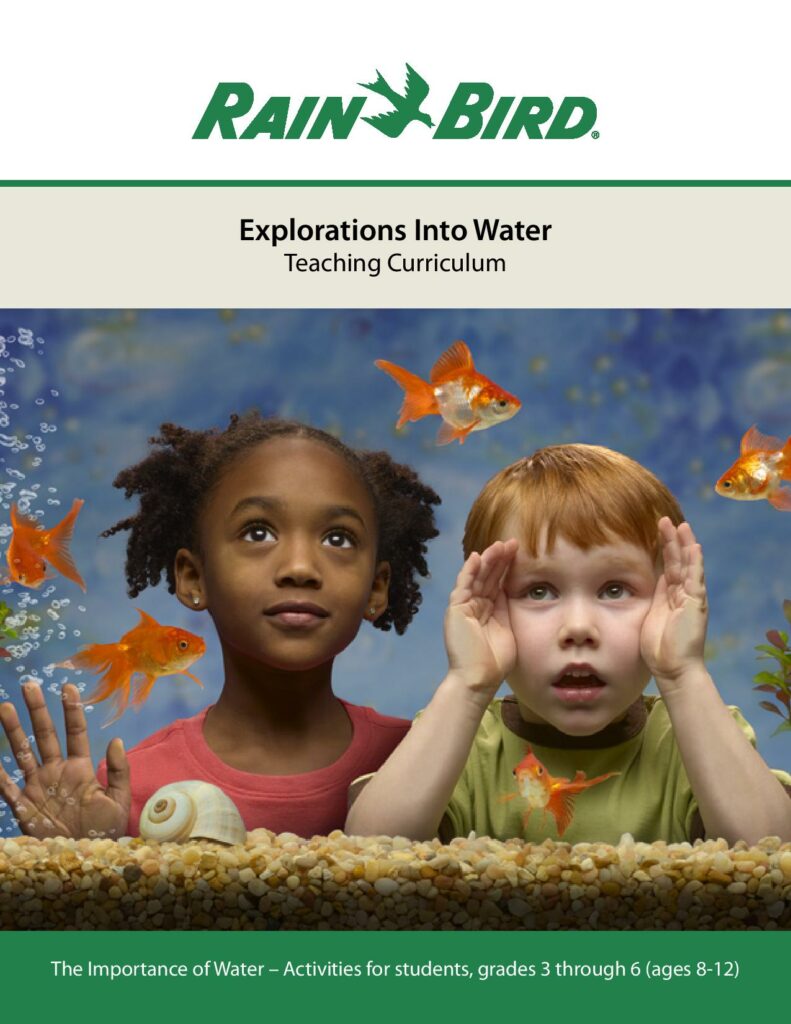
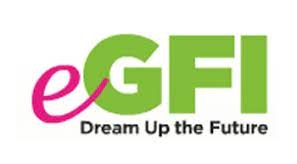 This program explores the ways civil engineering has addressed the need to move water from one place to another. Teachers facilitate two or three 45-minute sessions, during which students work in teams to design and build a rudimentary irrigation system. The system must be capable of moving two cups of water over a distance of three feet, and distributing it evenly into two separate containers.
This program explores the ways civil engineering has addressed the need to move water from one place to another. Teachers facilitate two or three 45-minute sessions, during which students work in teams to design and build a rudimentary irrigation system. The system must be capable of moving two cups of water over a distance of three feet, and distributing it evenly into two separate containers.